Indicators search engine
HEALTH STATUS
LIFESTYLES
SOCIODEMOGRAFIC FACTORS
ENVIRONMENT AND HEALTH
PERSONAL DEVELOPMENT
ENVIRONMENT AND HEALTH
Environmental factors that can determine people's health
HEALTHY ENVIRONMENT
WATER AND SANITATION
TRANSPORT AND MOBILITY
AIR QUALITY
HEALTHY ENVIRONMENT
Information on the typology and states of the demarcation environment
Green areas per inhabitant
Empitjora
This indicator shows the surface area of green spaces in consolidated urban land per inhabitant of the municipalities in the Girona region, based on data from the Urban Planning Map of Catalonia (MUC). It provides us with a general idea of the amount of urban green space available.
A growing body of evidence demonstrates the potential of urban green spaces to support and promote health and well-being. These spaces can improve physical and mental health, reduce pollution and noise, increase biodiversity, and foster social cohesion. They also moderate temperatures during hot periods and provide cool, shaded areas.
The World Health Organization (WHO) emphasizes the importance of access to quality green spaces and recommends that cities have at least 9-15 m2 of green area per inhabitant. In addition to quantity, it is crucial that these spaces be accessible and close to residential areas for everyone, including people with reduced mobility and children, as evidence shows that not everyone enjoys equal access to green space. It is also important that they be of high quality, with a good amount of trees, a diversity of native plants, and elements that promote physical activity and social interaction.
This indicator can help municipalities to know the amount of green space per person. Based on this information, each municipality can identify areas with possible deficiencies in green spaces and plan the creation of new ones and/or improve existing ones and consider the importance of accessibility in urban planning.
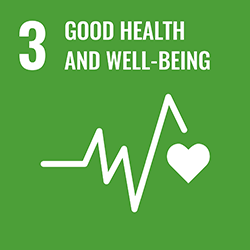







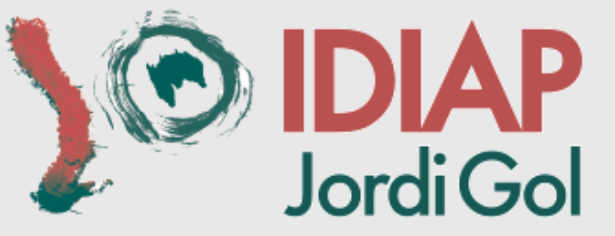

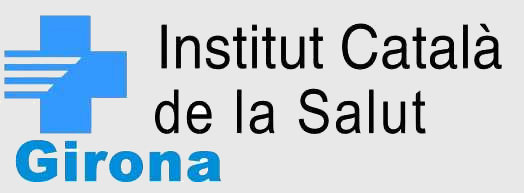


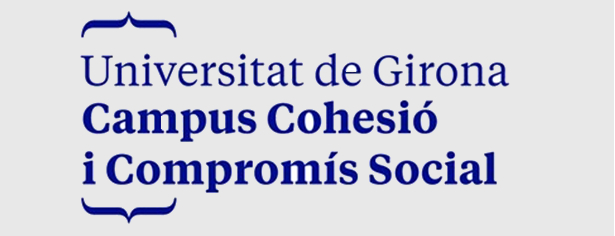
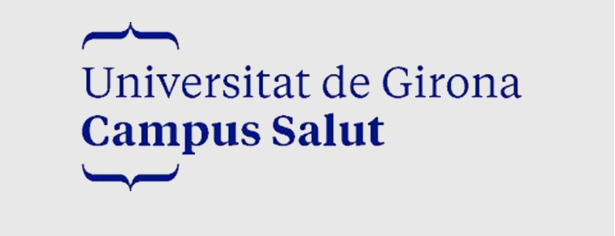

.png)
